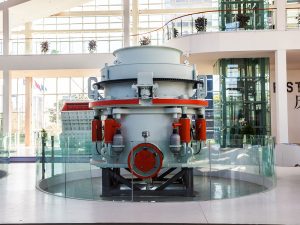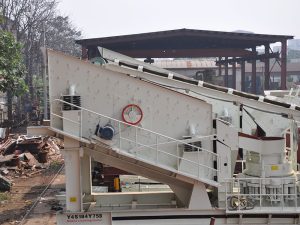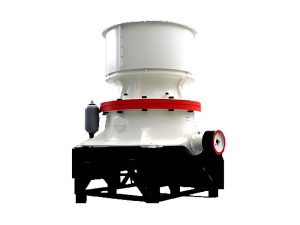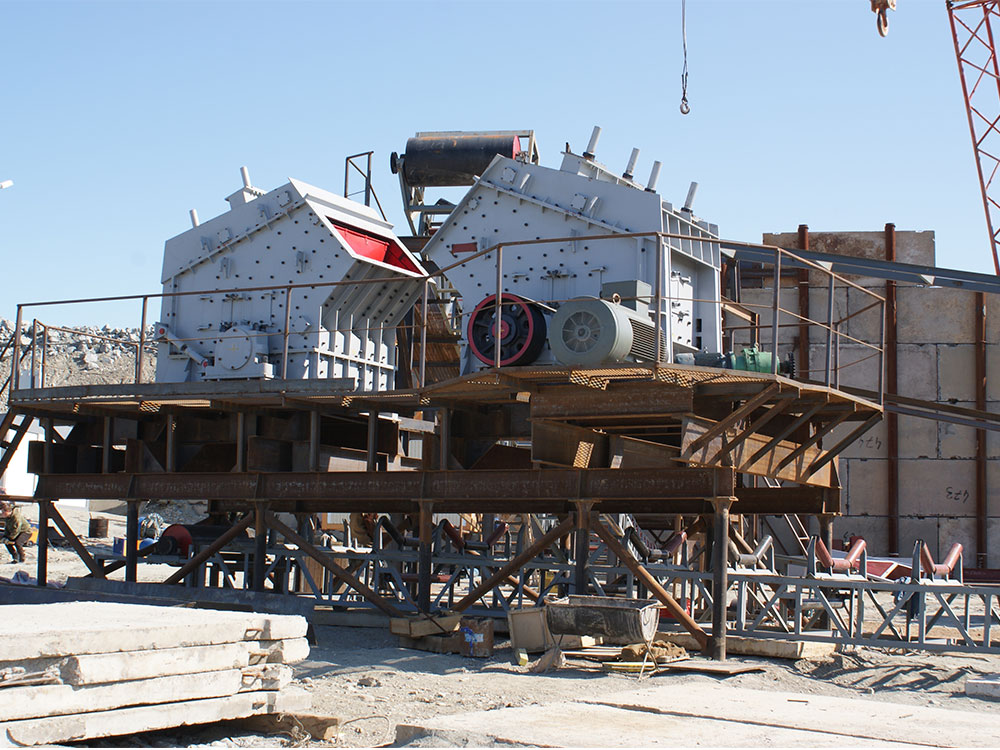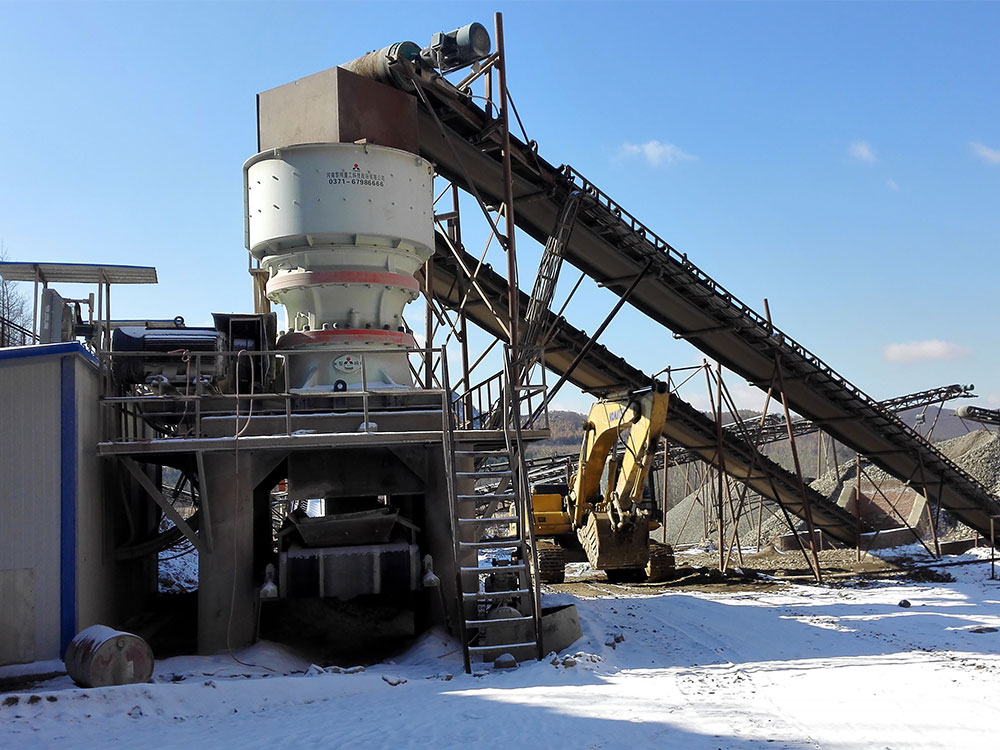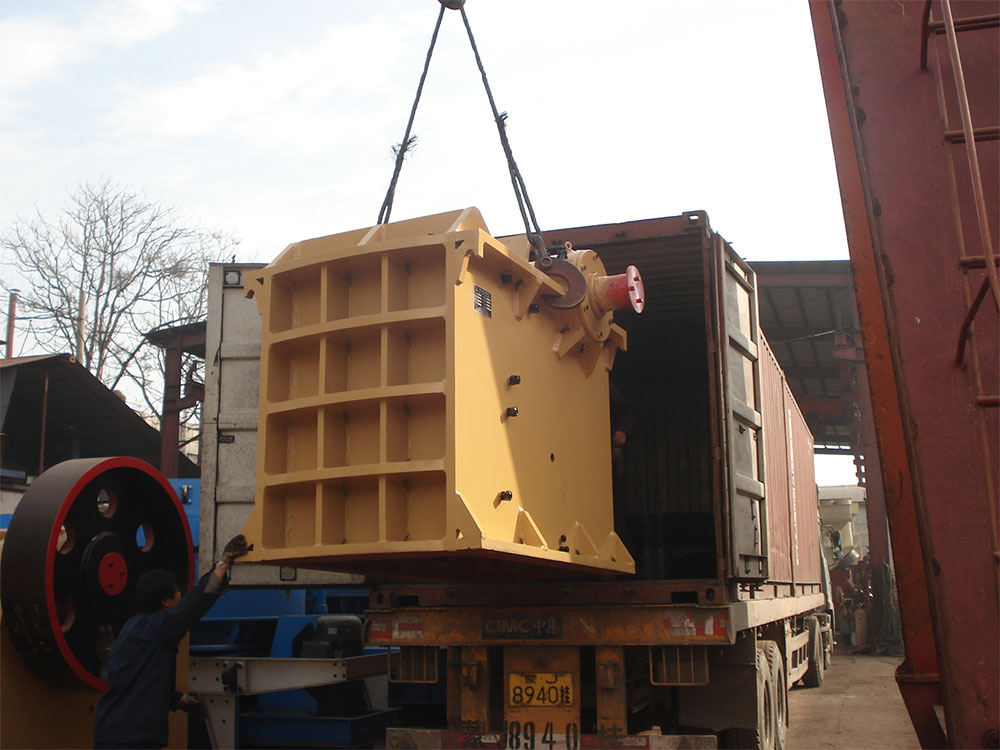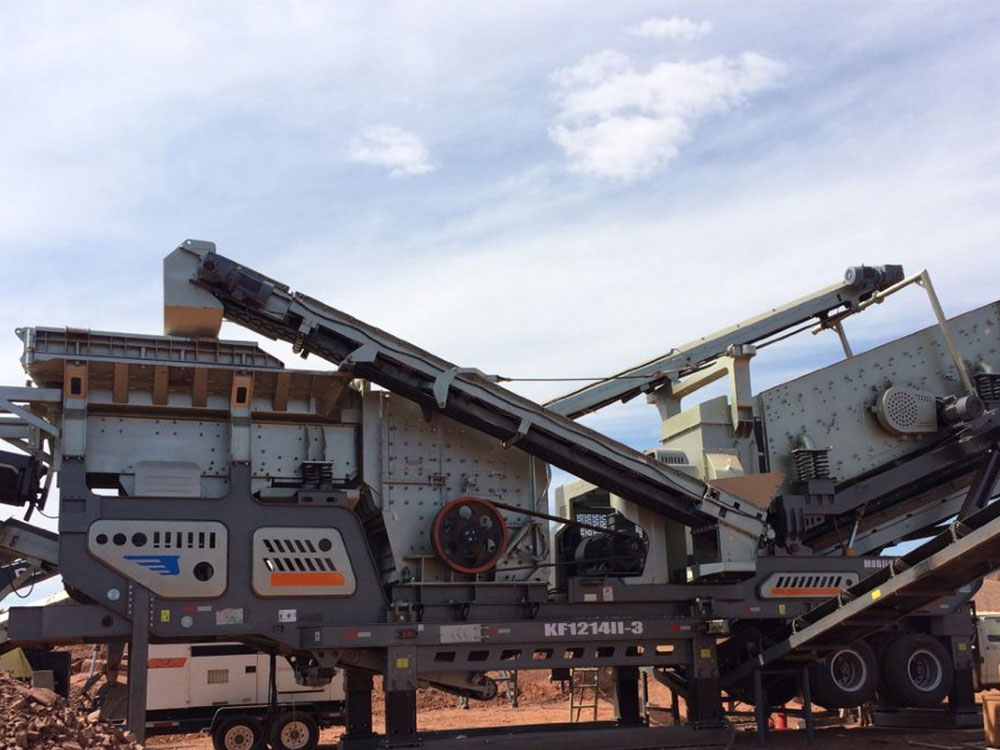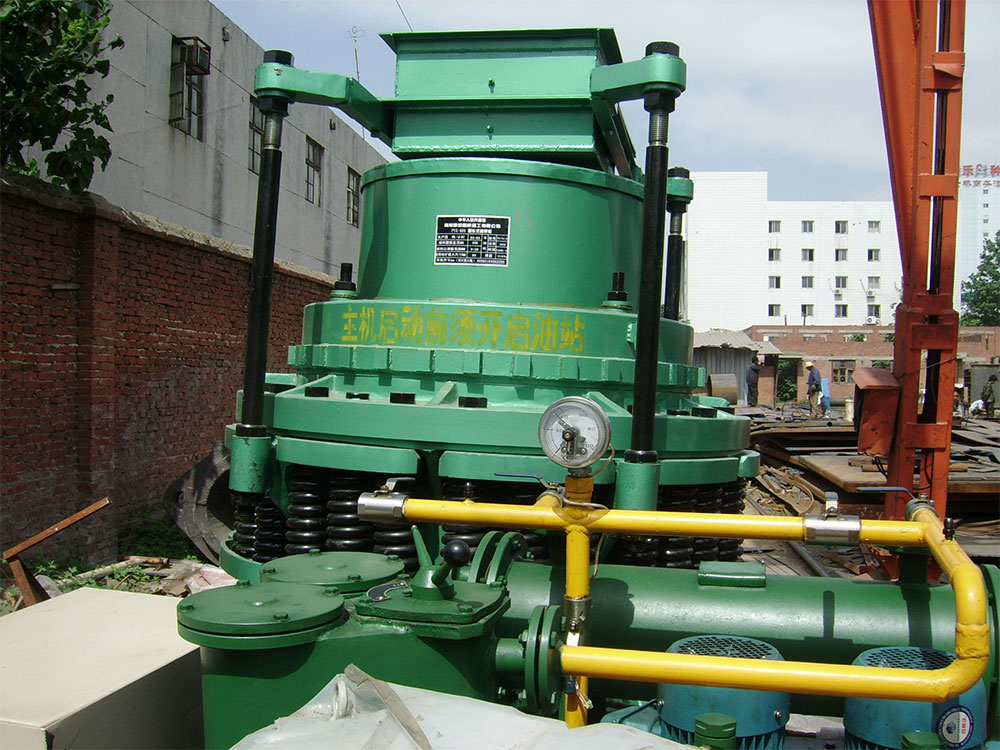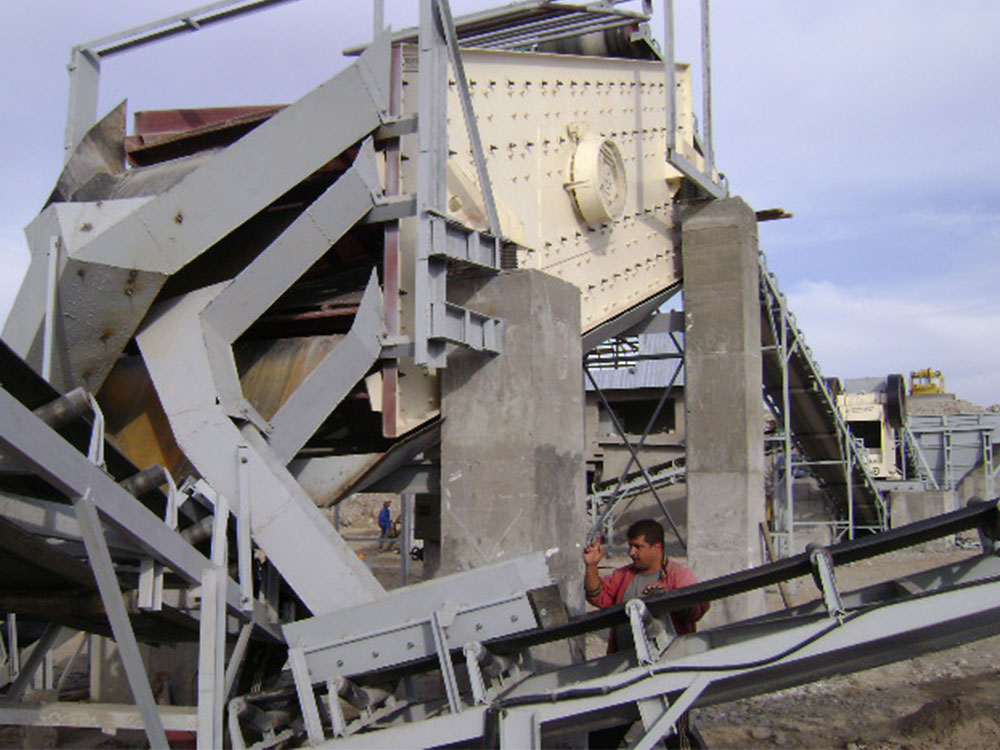In the selection process of stone crushing equipment, the following three core elements must be carefully considered throughout the entire crushing process—from primary crushing to final crushing—to ensure efficiency, cost-effectiveness, and compliance with production requirements:
1. Establish particle size grading technical specifications
Based on the actual requirements of the mineral processing process, it is crucial to precisely define the particle size ranges for the primary, secondary, and tertiary crushing stages.
Primary crushing stage: This stage primarily processes large chunks of raw ore. The size of raw ore typically ranges from 1,500 to 500 mm. Through the action of primary crushing equipment, it must be crushed to a particle size range of 400 to 125 mm. For example, in large-scale metal mining operations, the iron ore blocks extracted are often of significant size, necessitating preliminary crushing via coarse crushing equipment to provide appropriately sized material for the subsequent medium crushing stage.
Medium crushing stage: Medium crushing further reduces the particle size of the ore material based on the coarse crushing stage. The ore material obtained after coarse crushing (400–125 mm) is crushed to a size of 100–50 mm. Taking copper ore processing as an example, the particle size of copper ore after medium crushing is more uniform, which is beneficial for subsequent fine crushing and mineral processing.
Fine crushing stage: Fine crushing is the final step in the crushing process, reducing the 100–50 mm ore material from medium crushing to 25–5 mm. For materials with particle sizes smaller than 5 mm, further processing through a grinding mill is required to meet the particle size requirements of different industries. For example, in the cement production industry, where high fineness is required for limestone, fine crushing and grinding processes are necessary to achieve the appropriate particle size.
2. Equipment Characteristics and Material Properties
Different types of equipment must be selected for different crushing stages, and the properties of the material must be fully considered.
Coarse crushing stage: Jaw crushers are recommended. This equipment has a crushing ratio of 4–6, meaning it can effectively crush large pieces of ore into smaller particles. Jaw crushers are suitable for processing large pieces of hard ore, such as granite and basalt. However, attention must be paid to the wear of the jaw plates during operation. Since the jaw plates come into direct contact with the ore, they undergo significant wear over extended crushing periods. Therefore, regular inspections and replacements of the jaw plates are necessary to ensure the equipment operates normally.
Medium crushing stage: It is recommended to use a cone crusher. Cone crushers have high-efficiency and stable continuous production capacity, meeting the requirements for production efficiency and stability in the medium crushing stage. Additionally, their crushing chamber shape is adjustable, allowing the chamber's shape and size to be modified based on different material properties and production needs to achieve optimal crushing results. For example, when processing ore of varying hardness, adjusting the crushing chamber shape can optimize the crushing process and improve crushing efficiency.
Fine crushing stage: High-pressure roller mills and impact crushers are more suitable equipment. High-pressure roller mills have energy-saving and consumption-reducing characteristics, as they crush materials through high-pressure compression, thereby reducing energy consumption. Impact crushers, on the other hand, have the advantage of producing uniform output, with the crushed material having a consistent particle size. When selecting equipment in practice, it is necessary to consider the moisture content of the material. If the material has a high moisture content, the impact crusher may be more prone to issues such as blockages, in which case the high-pressure roller mill may be more suitable; conversely, if the material has a low moisture content, the impact crusher can leverage its advantage of producing uniformly sized output.
3. Balancing Production Requirements and Economic Viability
During the equipment selection process, it is essential to comprehensively consider both production requirements and economic viability to achieve the optimal return on investment.
Capacity Matching: Select equipment capacity appropriately based on production scale requirements. For capacities exceeding 300 tons per hour, large-scale equipment such as vertical shaft impact crushers should be selected. Vertical shaft impact crushers feature high crushing efficiency and large processing capacity, capable of meeting the demands of large-scale production. For example, in some large-scale sand and gravel aggregate production lines, vertical shaft impact crushers are typically selected as the core crushing equipment to ensure production output.
Cost Control: Adhere to the principle of “multiple crushing stages with minimal grinding.” By reasonably grading the material, the load on subsequent grinding processes can be reduced. The grinding process is a high-energy-consuming stage. By crushing the ore to an appropriate particle size through multiple crushing stages, the time and energy consumption of grinding can be reduced, thereby lowering production costs. For example, in a certain iron ore beneficiation plant, by optimizing the crushing process, the energy consumption of grinding was reduced by 20%, significantly improving economic efficiency.
Maintenance Convenience: Prioritize equipment models with simple structures and easy-to-replace wear parts, such as jaw crushers. Jaw crushers have relatively simple structures, allowing maintenance personnel to easily troubleshoot issues and replace wear parts. This not only reduces equipment downtime and improves production efficiency but also lowers maintenance costs. For example, compared to some complex crushing equipment, maintenance time for jaw crushers can be reduced by over 30%, and maintenance costs can be lowered by approximately 20%.



